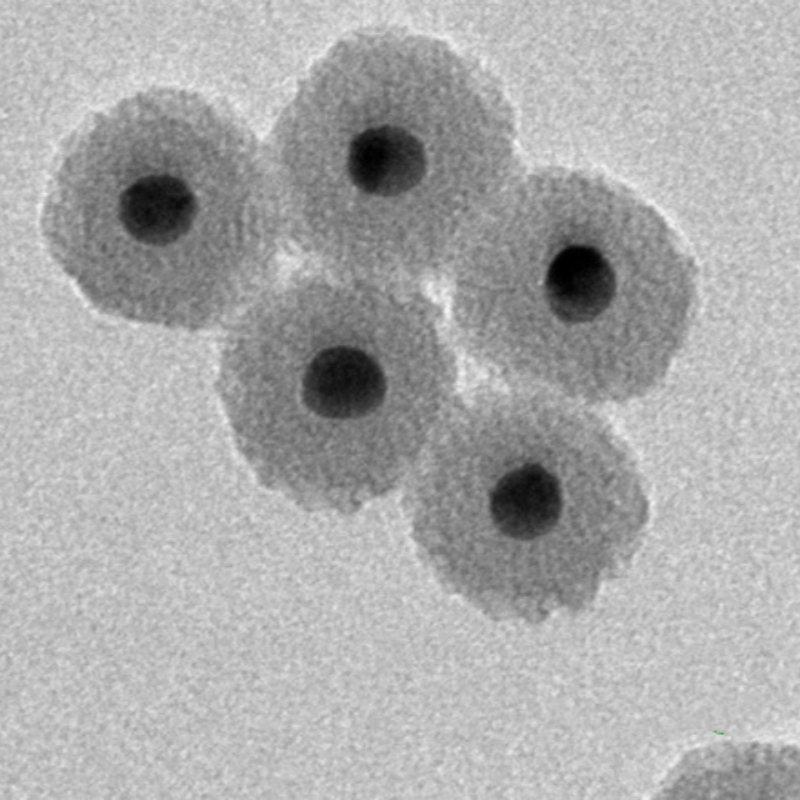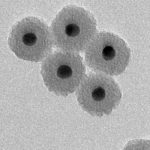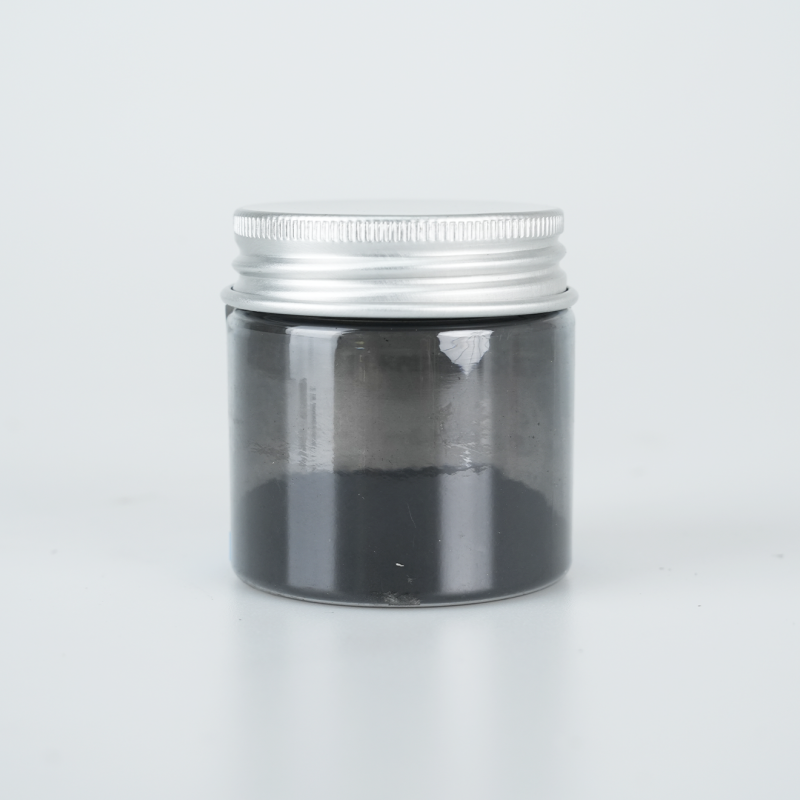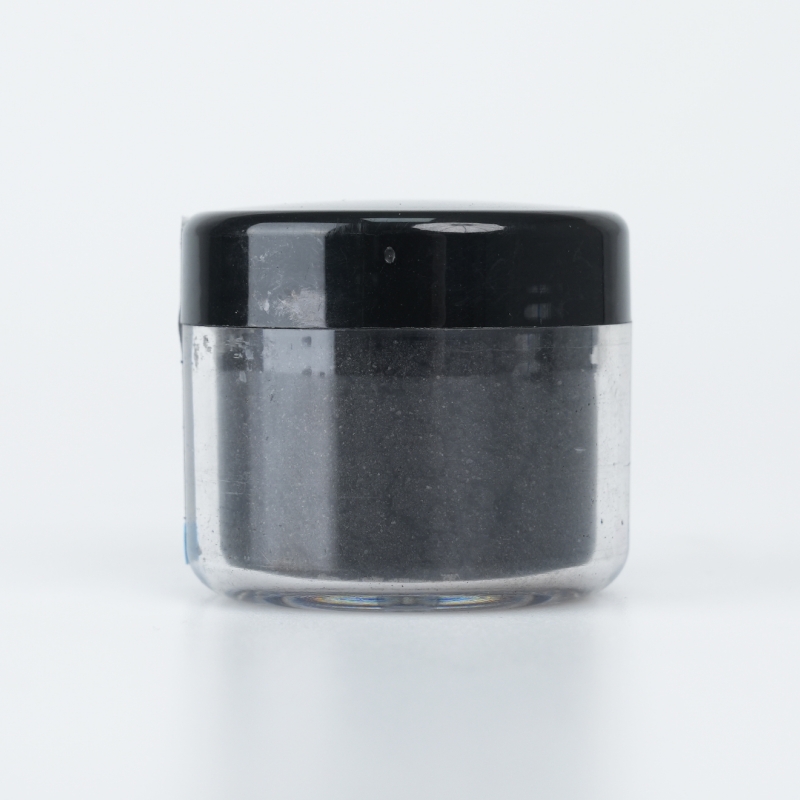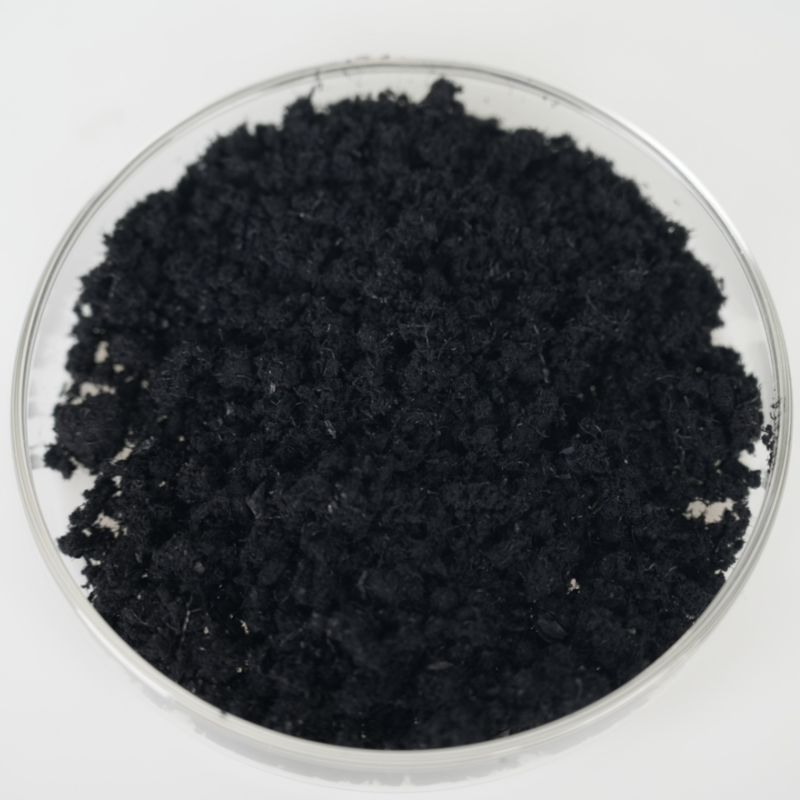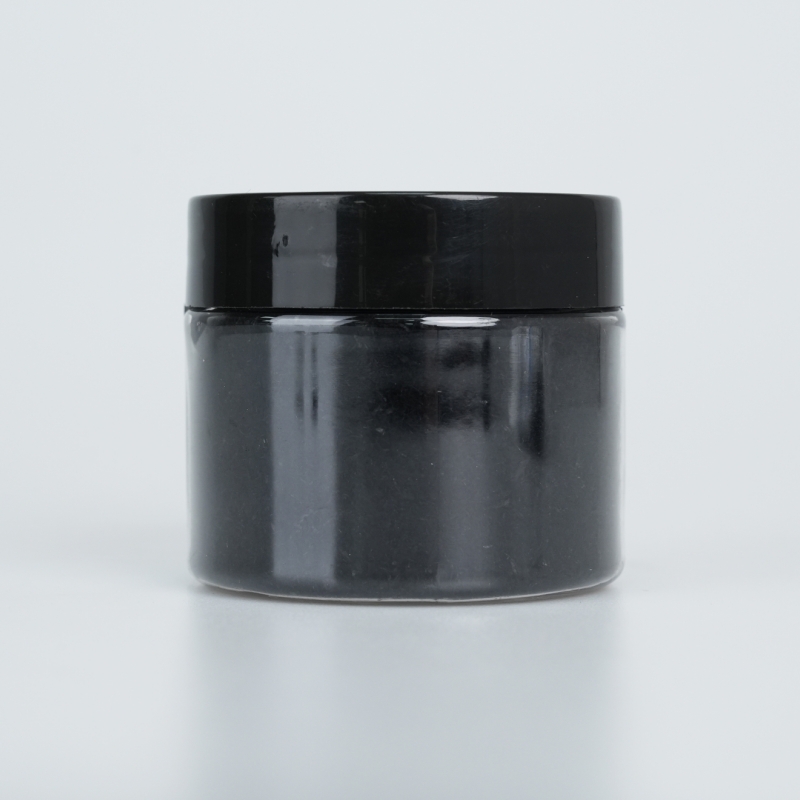Mesoporous silica-coated gold nanoparticles provide optimized stability, superior biocompatibility, and enhanced surface functionalization. Designed for advanced applications, they ensure efficient dispersion, extended durability, and high-performance adaptability.
Product Overview
Mesoporous silica-coated gold nanoparticles (Au@mSiO₂) are composite nanomaterials with a core-shell structure, where gold nanoparticles serve as the core and mesoporous silica forms the shell. Gold nanoparticles provide excellent optical and electronic properties, while mesoporous silica offers high surface area and porosity. This unique structure makes the material highly suitable for applications in biomedicine and nanotechnology, particularly in drug delivery, imaging, and photodynamic therapy.
Product Features
- Good Biocompatibility: Both gold nanoparticles and mesoporous silica particles exhibit excellent biocompatibility, making them suitable for in vivo applications and minimizing toxicity to normal cells.
- High Drug Loading Capacity: The pore structure of mesoporous silica allows the loading of a large number of drug molecules, significantly increasing the drug payload and enhancing therapeutic effects.
- Multifunctional Surface Modification: The surface of mesoporous silica nanoparticles can be chemically modified with various functional groups (such as amino, carboxyl, etc.), making it adaptable for different applications.
- Enhanced Stability: The gold nanoparticle coating improves the stability of mesoporous silica nanoparticles, reducing degradation and aggregation within biological systems.
Applications
- Drug Delivery Systems: With their large surface area and well-defined pore structure, mesoporous silica nanoparticles can carry various drug molecules, forming efficient drug delivery systems to enhance bioavailability and therapeutic outcomes.
- Bioimaging: Mesoporous silica nanoparticles can be loaded with imaging agents (such as fluorescent dyes or quantum dots), widely used for biological imaging and photodynamic therapy, providing excellent in vivo and in vitro imaging performance.
- Photodynamic Therapy: Mesoporous silica nanoparticles can load photosensitizers, which upon light activation, generate toxic reactions to kill tumor cells, making them an effective method for cancer treatment.
- Biosensing: The pore structure of mesoporous silica nanoparticles makes them suitable as a platform for biosensors. They can carry enzymes or other biomolecules for detecting biological molecules or small molecules, offering potential applications such as cocaine detection in serum samples.
| Item | Parameter |
| Appearance | Wine red solution |
| Particle Size | 40-60 nm (TEM) |
| Gold Core Size | 15-20 nm (TEM) |
| UV Absorption Wavelength | ~530 nm |
Submit Your RequirementsWe will contact you within 24 hours.
 WOBO Scientific Research New Materials One-Stop Service Platform
WOBO Scientific Research New Materials One-Stop Service Platform


